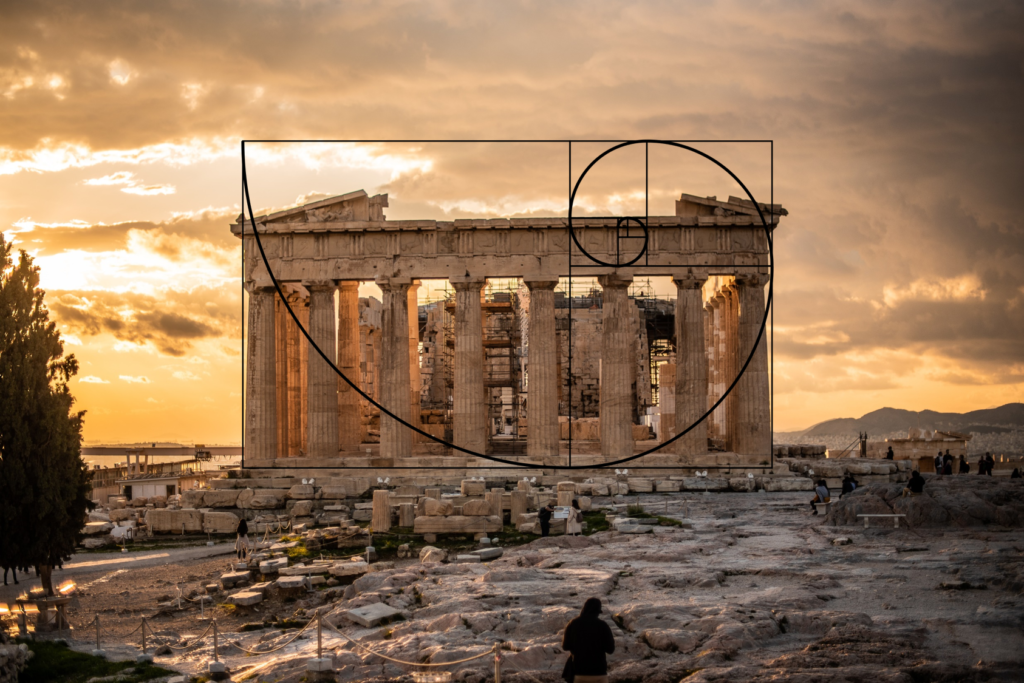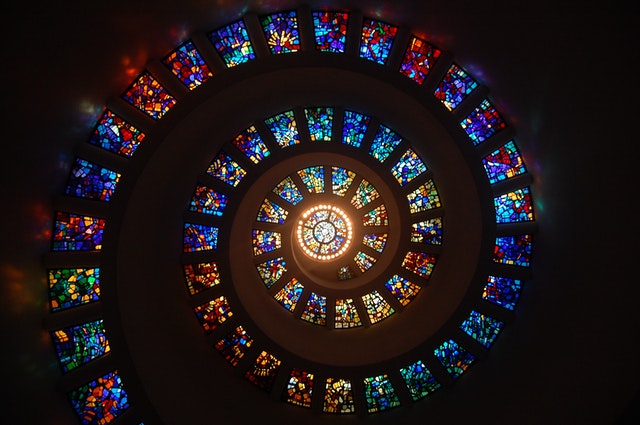How to Use Golden Ratio in Interior Design
The Golden Ratio has been defined using various names in the past as well as the present. Phi, the Golden Mean, the Divine Section, the Golden Proportion, and the Divine Proportion are a few to name. almost all the elements of nature consist of this magical ratio (1:1.618). The Golden Ratio in nature exists in the shape of our universe to the shape of the human body, the shape of clouds to the shape of flowers and leaves. This ratio can be located in almost all the beautiful elements in nature around us.
The golden ratio in nature exists over and over again. It also has the capability to make elements look balanced and attractive. Therefore, humans have been using the same proportion since ancient times in mathematics, art, music, as well as architecture. Let us try to understand in a better way and know, how this magical proportion has been derived.
The derivation:
The golden ratio has a close connection with the Fibonacci numbers. You must be familiar with the same through your school or the famous Da Vinci Code.
Below mentioned in the Fibonacci Series:
0, 1, 1, 2, 3, 5, 8, 13, 21, 34, 55, 89, 144, 233, 377……
Let us divide two successive numbers and find out what we get.
1/1: 1, 2/1: 2, 3/2: 1.5, 5/3: 1.666, 8/5: 1.6, 13/8: 1.625, 21/13: 1.615, 34/21: 1.619, 55/34: 1.6176, 89/55: 1.6181, 144/89: 1.6179, 233/144: 1.618, 377/233: 1.618….
The ratio of consecutive numbers seems to be settling at one ratio, i.e., 1.618. This infinite occurrence is known as the "Golden Ratio" or "Phi".
Phi is basically used to define a perfectly symmetrical relation between any two elements. It can also be defined using a Golden Rectangle. If we cut off a square from this rectangle (length of the square equal to the shorter side of the rectangle), the length and width of the remaining rectangle would have the same proportion as the original rectangle. You can further perform the same exercise with the new Golden Rectangle, and the ratio would continue infinitely.
Golden Ratio in Architecture of Ancient times:
1.Egyptian Architecture: The Great Pyramid of Giza (2570 BC) is one of the most ancient and the best examples of the use of the Phi. The ratio of the height of the pyramid to either of the sides of its base approximately equals to Phi.

2. Ancient Greek Architecture: Almost all the buildings of Ancient Greece used this proportion to define the proportion of the height of the buildings to their base. Same has also been used in determining various architectural elements found in the Acropolis of Athens (468–430 BC). This made all the buildings look more pleasing and balanced. The Parthenon is one of the most famous examples of ancient Greek buildings designed using the Golden Ratio.

3. A few more architectural marvels in history that have been constructed using this ratio. It includes the Great Mosque of Kairouan, and Stupa of Borobudur in Java, Indonesia.
4. Phi has also been closely followed in defining the geometry of structures built in the Gothic Style of Architecture. Some of the most famous structures include Notre Dame, Pasir, and the Cathedral of Chartres.
5. It has also been very commonly used by many famous artists during ancient times. Some of the most famous artworks which reflect this ratio include the "Mona Lisa" and "Vitruvian Man" by Vinci. Golden Ratio in the art can also be easily found in various works of Neo-Impressionism, Cubism, De Stijl, and Surrealism.
Use of Golden Ratio in Architecture of recent times:
1.Structures by Le Corbusier: Le Corbusier had been one of the most important architects' of Modern Style architecture. He drew great inspiration from the Golden Ratio. Corbusier took extensive use of the "Vitruvian man" by Vinci. He also incorporated the proportions of the human body to improve the functionality of his architectural designs.
2. Structures by Mies van der Rohe: Several Works of this legendary architect who worked on the theory of "Less is More" depict the use of Phi. Farnsworth House along with several other works of Ludwig Mies van der Rohe drew inspiration from the same.
3. There have been a number of architects who worked in Neogothic and Post-modern style of architecture who were widely known for extracting their designs with the use of this golden proportion to make their structures look balanced.
How can the Golden Ratio turn out to be helpful for Architects?
It is a magical proportion that every artist and designer must be familiar with. They can use the same to make their work look more attractive and eye-pleasing. Here are some of the ways for architects to use the same:
- To determine the proportions of their designs: If you wish to bring in balanced proportions to any of your elements in your structure, there can be nothing better than bringing in the use of the golden ratio to determine the proportions of the same.
- To determine the height of any structure to make it look more balanced: To make the structure of any building look more attractive and appealing, architects can bring in the use of the golden ratio. Based on the length of the base of the structure, the visible height of the structure can be effectively determined using the Phi (1.618).
- To churn out various interesting shaped for their design: Obviously, all the structures and architectural elements cannot be perfect rectangles. Architects need to incorporate other shapes also to make their design more functional and unique. Luckily, there are a few alterations to the golden rectangle which can also turn out to be helpful in churning our other shapes with perfect proportions.
Few of the most helpful alterations to the golden rectangle are mentioned below:
- The Golden Triangle: It is an isosceles triangle whose smaller side is in the multiple of Phi from the adjacent sides. It can be helpful in determining a lot more shapes apart from a triangle.
- Logarithmic Spiral: bisecting an existing golden triangle with another golden triangle can determine the shape of this spiral. This results in the formation of an infinite spiral loop that can be used at several places while designing a building.

The above mentioned golden geometric shapes, including the golden rectangle, golden triangle, and the logarithmic spiral can be really helpful for architects to determine various balanced shapes to incorporate in their building designs. However, in practice, these thumb rules can only be helpful in determining the approximate proportions of the elements due to limitations put forward by functionality and materials bring used.
The golden ratio has been a great element that has been helping architects and artists for ages. It helps them to make their design look more balanced and attractive. You can also try incorporating the same in any of your design elements. The same can range from as big as a building or as small as an amateur piece of art.
How to Use Golden Ratio in Interior Design
Source: https://thearchinsider.com/importance-of-golden-ratio-in-architecture/